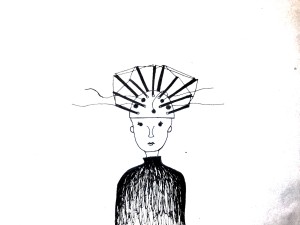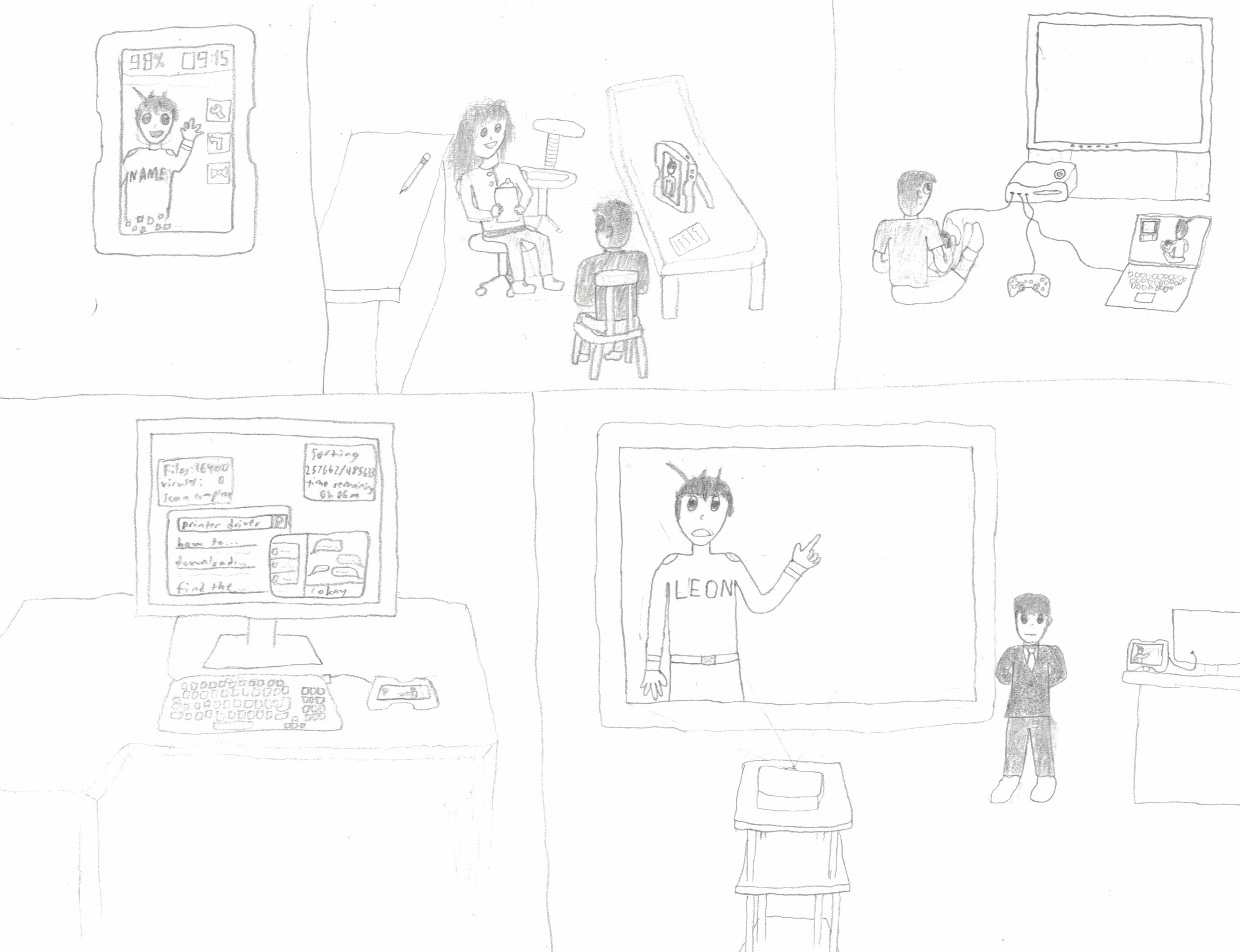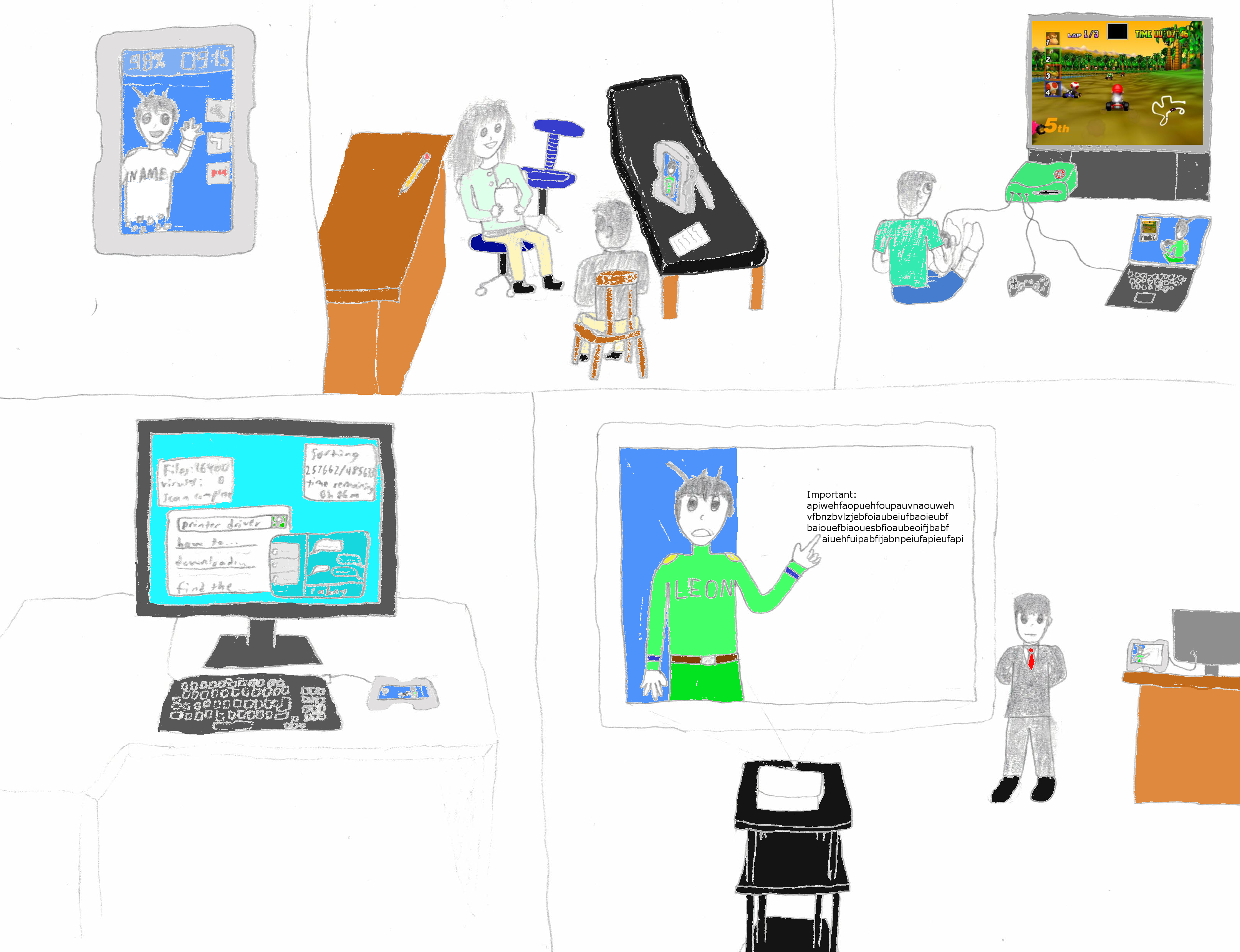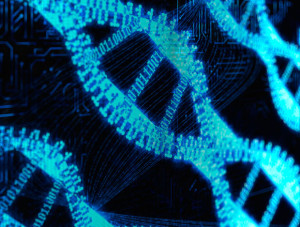This class has been good both for examining important parts of culture around us and for talking about those aspects. The readings we had were interesting, and the in-class discussions were a good departure from normal classes.
First, I’m really happy we talked about video games and feminism in class. I had followed gaming both online and in real life, so I had heard about unfortunate incidents involving feminists like Anita Sarkeesian. This class took everything a step further, though, digging into GamerGate and really analyzing the patterns behind it. We engaged sexuality, race, and power in gaming, and that was good. For a while, I also used what we learned to look online for more or different information, and the images the mainstream internet creates are very different from what we covered. With gaming, I feel like I have a new, deeper perspective on many things, and it’s good to examine everything and be open to discussion.
We also did many new things with social networks. It was my first time using Twitter, and while I still hate it, I do see more of what is behind “Twitter activism.” It’s generally agreed that everyone should have a voice, and it’s good that Twitter gives them one. I also wasn’t expecting racial divisions to be so strong online. I probably should have noticed over time, but I just never thought about that. Finally, I knew that Google hand-picked results for us, but I had no idea that Facebook did too. That “filter bubble” discussion gives me a lot to think about each time I log on to Facebook.
Speaking of Facebook, even though handing out surveys for my second project was tedious, it was also cool to see what my friends thought of their ads. Even with about 14 volunteers, I got a wide range of answers, all of which were incredibly insightful. Targeted ads, keeping Facebook free, content mills, it’s all a lot for me to consider. Hearing classmates look up statistics or create fake profiles was also interesting. I’ll concede that I hadn’t thought much about others’ projects, but it was nice to see different people’s takes on our project requirements.
When it comes to creativity, the technology imagination project was really great. We were unbounded by scientific laws, so we could imagine practically whatever we wanted. We also had to think about them in ways that pertained to modern social issues, and honestly, that’s realistic. In the stories we read, technology itself doesn’t advance culture any farther; cultural aspects carry over from one technological generation to the next. So I guess this class worked to have us think about both technology and social issues at the same time. The two things are usually interlocked in real life, and the interactions have positive and negative effects.
Moving forward, I guess I will remember to check on how my surrounding technology affects me and other people. With every choice made, there is a chance of negatively affecting certain groups of people, and that’s something I have to keep in mind. I’ve found that cultural and social structures can often dominate technology, but technology that’s misunderstood can also greatly impact culture. Lots of thought has to be put into development of anything.
Finally, it’s important to question everything around me. When I look at subtle things in life like cell phones, I often don’t think about how their manufacture impacts people across the earth. If I had, I would have questioned if what I was doing was really good for everyone. It’s so much easier just to be ignorant or indifferent, but that’s no good. When I really examine and think about parts of culture around me, I can understand why they exist, whether they’re right or not, and what would be better. I have analyzed many parts of culture around me last year, but this class served as a good reminder to keep doing that.





